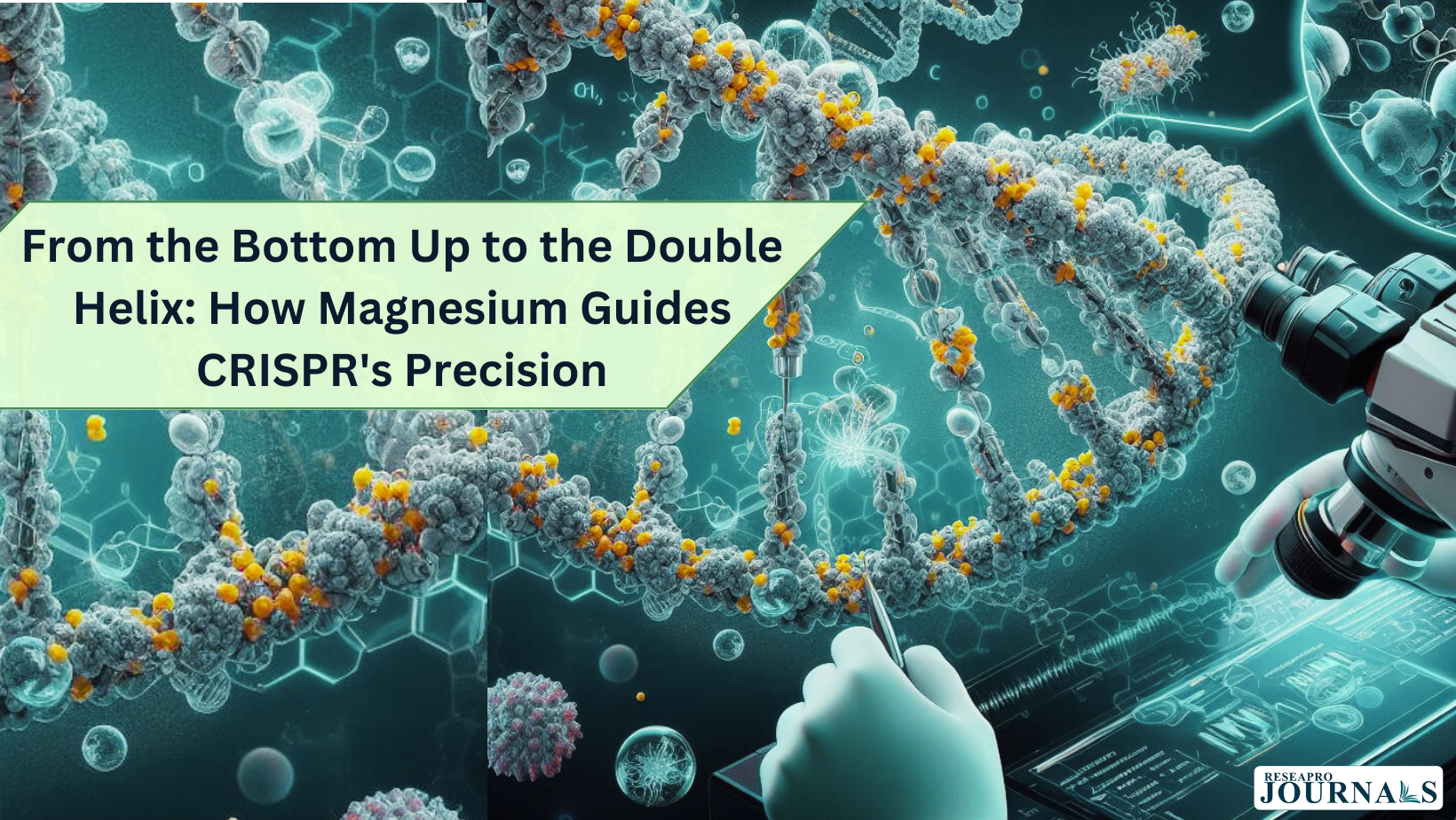|
Getting your Trinity Audio player ready...
|
Scientists at Florida State University have produced the first high-resolution, time-lapsed images of magnesium ions interacting with the CRISPR-Cas9 enzyme while it cuts strands of DNA. This research provides clear evidence that magnesium plays a role in both chemical bond breakage and near-simultaneous DNA cutting.
This is important because near-simultaneous DNA cutting is necessary for efficient gene editing. If only one strand of DNA is broken, the cell can easily repair it without editing. But if both strands are broken close together, the cell is more likely to make a mistake when repairing the DNA, which can lead to the desired genetic change.
By understanding how magnesium coordinates double-stranded breaks, scientists can develop more efficient and accurate CRISPR-Cas9 gene editing tools. This could have implications for a variety of fields, including agriculture, medicine, and basic research.




